… and then I asked myself: “What is the common element to all holiday traditions this time of year?”
NOTE: This blog includes an audio file related to the story – if you want to listen click the little arrow below. This is a teaching file I made in my studio, to go with the sheet music below so I’m singing all the parts.
[audio: https://hipharp.com/music/Season of Celebration.mp3]
A decade or so ago, when I was first starting to compose for symphony and harp, the New England String Ensemble invited me to create a Holiday Suite for harp and string orchestra.
So I wrote a 5-part suite based on holiday tunes, and that concert was so successful that we did it again the next year, this time including not just Christmas music, but also music from different holiday traditions.
As an artist, when you do something a second time – you always want to outdo yourself – which doesn’t mean you do something better, you just reach for something deeper. Which means you’re often clumsier, but also, often, closer to the heart.
So as I worked on this second suite, I wanted to create an experience beyond just the joy of the first one. And I kept feeling like there was something missing and I kept trying to figure out what it was.
Now, at that time, my assistant Stephanie and I would sit down once a week for what we called “visionary sessions” or “fantasy session.” We’d close down the office, go sit in the kitchen, turn on a timer and each of us would describe the world as if it were a year from now – and then as if it were five years from now. So we’d set the timer, then each one of us would talk non-stop for 2 minutes while the other took notes. Then the timer would go off and we’d switch.
So, if it were Dec 4, 1998, we’d say “It’s Dec 4, 1999 and …” – and then we’d describe the things we were doing as if they were already done and we were looking back on them.
Now, I was having so much trouble with the final movement of the suite that I asked Stephanie to do a special vision session: to close her eyes and describe her experience of being in the audience, and hearing that piece … that didn’t exist yet.
So she did, and as she described it she said: “I hear the music. It’s swelling. And now everyone is singing. The whole audience, along with the symphony – everyone in the room is singing.”
And suddenly I saw it. I heard it. Not the exact notes, but the effect, the experience people would have. The experience I wanted to have.
I kept thinking of that moment, in Beethoven’s Ninth, when the on-stage chorus stands up and sings the “Ode to Joy,” and how, if I’m in the audience, it feels so unfair that I can’t ALSO stand up and sing — I mean, I KNOW the tune …
So, suddenly I realized I had the possibility to rectify that unfairness, to make it possible for my audience to stand up and sing – with a string orchestra.
I had the opportunity, I had the audience, I had the orchestra.
But how could I make it happen logistically? These are people who may not read music, and in any case they don’t have weeks to practice – so how could I write something that would give them that glorious experience of singing together, in harmony with each other, backed by an orchestra – but that they could learn in two minutes?
And that’s when it hit me: A ROUND! One of the first kinds of music you learn to sing with other people: A simple melody that folds over itself so that when people start singing it at different times, the song itself creates a harmony.
I could write four lines so that one quarter of the audience could start singing on each line, and the orchestra could back them up. So it would be GLORIOUS!
So – great! I had the musical idea, I had the logistics.
Now I just needed the words.
It had to be something simple that embraces ALL the holiday traditions – whether they’re sacred or secular — in a few words, with a simple melody.
So I asked myself: What is the common element to all holiday traditions this time of year?
And I realized that in every religion and every culture, no matter what — this is a season of celebration and song. The songs may be different, the traditions may be different, the way of celebrating may be different: but there’s always celebration. Always song. Always the desire to connect. And always the hope that we can hold that connection throughout the year.
So it was simple and true to write the first two lines:
This is a season of celebration.
This is a season of song.
And that left the third and fourths elements: the connection and the hope.
And that’s I remembered one of my favorite traditions in Scotland: that at the end of every music party, everyone would hold hands and sing – and that felt like connection and hope. So I had my last two lines:
When you take my hand,
It’s a celebration all year long.
So I wrote the song, I orchestrated it, we rehearsed with the string orchestra, and the night of the concert came.
Before we played the suite, I took two minutes to teach the audience the song, to break them into four sections, to explain that the first section would sing with the first violins, the second would sing with the second violins and so forth.
Then we began to play the suite. It started with an overture, then swelled into “Dona Nobis Pacem,” “Lully Lullay thou Tiny Child,” a viola solo on the mournful Jewish “S’vivon” then pizzicato strings in a rousing chorus of “God Rest Ye Merry Gentlemen.” And then …
The orchestra segues into an introduction for the round. The choir stands – I mean, the audience – and with a single violin line as accompaniment, we sing the melody all together – at first very simply, getting our bearings, and then as a round: one voice, two, three, four – the orchestra builds, we sing and sing, hands held, and repeating the last line over and over: “All year long, all year long, all year long…”
And for a moment … we are the heavenly choir.
(The orchestra behind me. The audience in front of me, I feel like I’m between two parents who love me, and each other. And I realize what lengths I’ve gone to, to create that experience.)
And that moment, when the audience stood, took hands, and sang, with the strings swelling behind me and the audience in front of me …
The truth? It was so fulfilling I was embarrassed. Like when you ask someone to tell you they love you and they do it in a way that’s beyond what you ever hoped for.
I know I’m not Beethoven. I know that audience was not the Robert Shaw Chorale — but why shouldn’t we feel that same glorious exhilaration of singing, together in harmony, part of a whole, with a symphony and choir of a hundred voices … or nine hundred … or four? Or one.
Because this is the season of celebration, it is the season of song. And when you take my hand, it is a celebration. All year long.

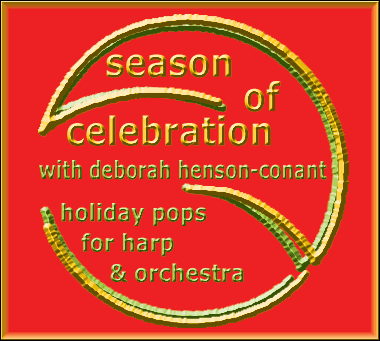
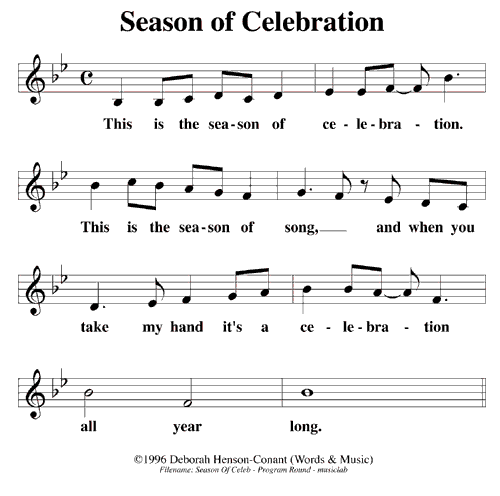
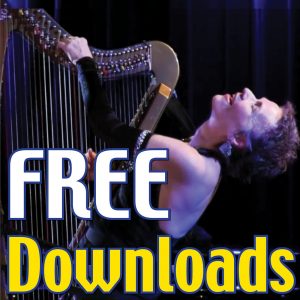
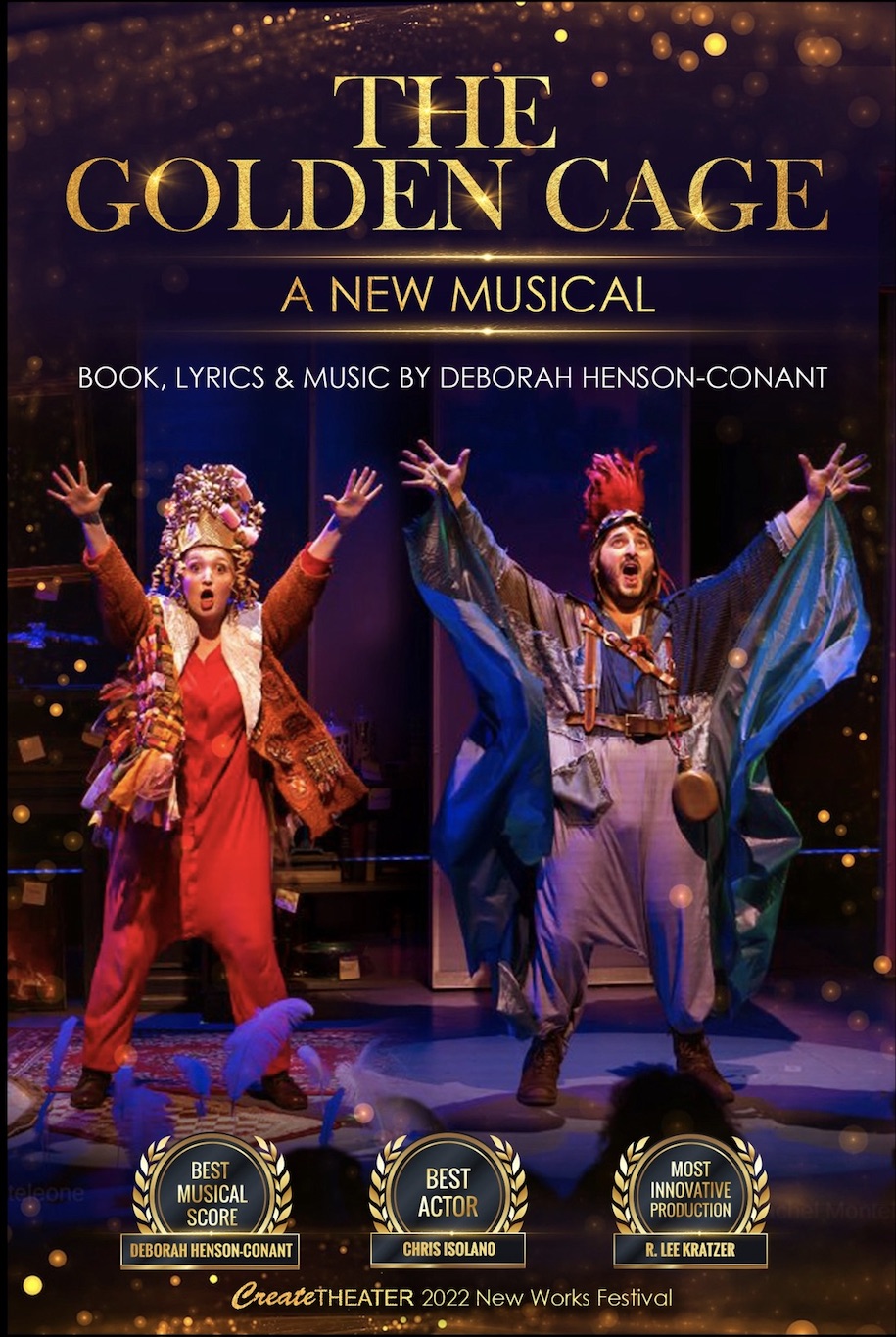
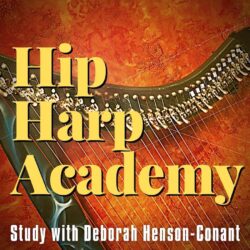

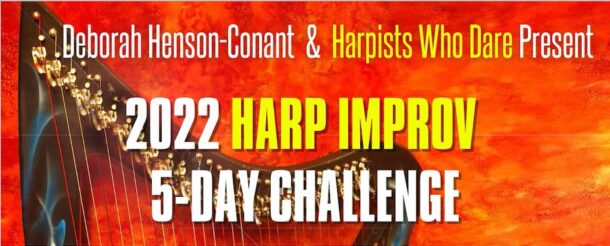
I love reading these posts about how you come up with and develop your wonderful new ideas. I’m just at the thinking and dreaming stage of writing a new concert for March 12 and this post has lots of thoughts percolating in my head. Thanks again for sharing so generously with the rest of us!
Carol
Only short: WOW!!!